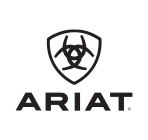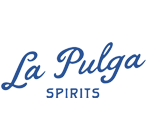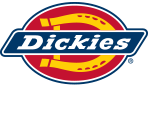Los Caballos – by William Matthews
The four defining elements of the American West drive Los Caballos, a monumental public art piece that commands the south entrance of the new Dickies Arena in Fort Worth. Fifty feet above ground level, the twelve-foot-tall, ninety-five-foot-long triptych features a painting of a herd of horses in full gallop across an open western landscape, flanked on either side by heroic-sized bas-relief figures of a cowboy and a Comanche, each mounted horseback, facing one another. Taking advantage of the year-round light provided by the southern exposure, the landscape sparkles in brilliant glass mosaic; the riders are cast in bronze, their features delineated by a soft, green patina. Los Caballos is self-evident to the casual and first-time viewer but with the complexity to reward repeated study—an instant appreciation of the vastness of the Western landscape, of the strength and prowess of the Comanche, of the skill of the cowboy, of the moving freedom granted by the horse, but carrying within that instant appreciation the deep history of all those elements.
The first element, the land
A vast and arid sweep of wind and weather with more horizon and sky than even the open sea, the land is the backdrop and constant presence within which the West exists. A place that can only be witnessed in motion, the viewer at rest, or afoot, is lost, swallowed-up in the enormity of space. Only when one is moving, only when one is part of the river of time that shapes the Western landscape, only then can the West be seen. It is in this way that the horse first set our tribes free to be Westerners.
The second element, the horse
When the Spanish returned the horse to the Americas they brought something that was not simply livestock, but a technology, a way of doing things. Though they tried to keep control of the horse, after the Pueblo Revolt of 1680, Native peoples took it for their own, and in what is surely one of the most rapid and widespread diffusions of technology in human history, the horse became the common denominator of the American West. By 1700, all Texas tribes had horses and horse know-how, and within another fifty years, the horse culture had become part of native life as far north as the Canadian Rockies.
The third element, the Comanche
It was the horse that made the Comanche, the first peoples to realize its full potential, and in that realization, who remade the horse as well. They were not the first to get it, but they were the first to fully understand and exploit horse-technology. Unimposing on foot, they were graceful, daring, and impossibly brave on horseback. Insofar as horses were wealth, they were the richest of the rich. And whereas other people rode horses, the Comanche lived out their lives horseback—every man, woman, and child. They had few equals in horse-technology, and certainly no superiors. They cast their lot entirely with the horse, becoming true nomads.
The fourth element, the Texas Cowboy
When the American settlers arrived, the Texas cowboys, like the Comanche before them, put their own stamp on los caballos. Just as being horseback was essential to what it meant to be Comanche, so it was with the cowboy. The man afoot was a laborer, but mounted, a thing inseparable from the American West. Texas Cowboy was first an epithet, but by the 1880s Texas cow hands embraced the name as a badge of honor and as evidence of membership in an elite tribe, one born not of blood kinship but of choice, born not of fate but of skill. The late poet Buck Ramsey defined a cowboy as anyone – anyone – who is at the right place, the right time, and horseback. All who ride and ride well belong to a tribe of the cult of skill, Comanche and cowboy alike.
For the complete narrative of Los Caballos, please click here.
















